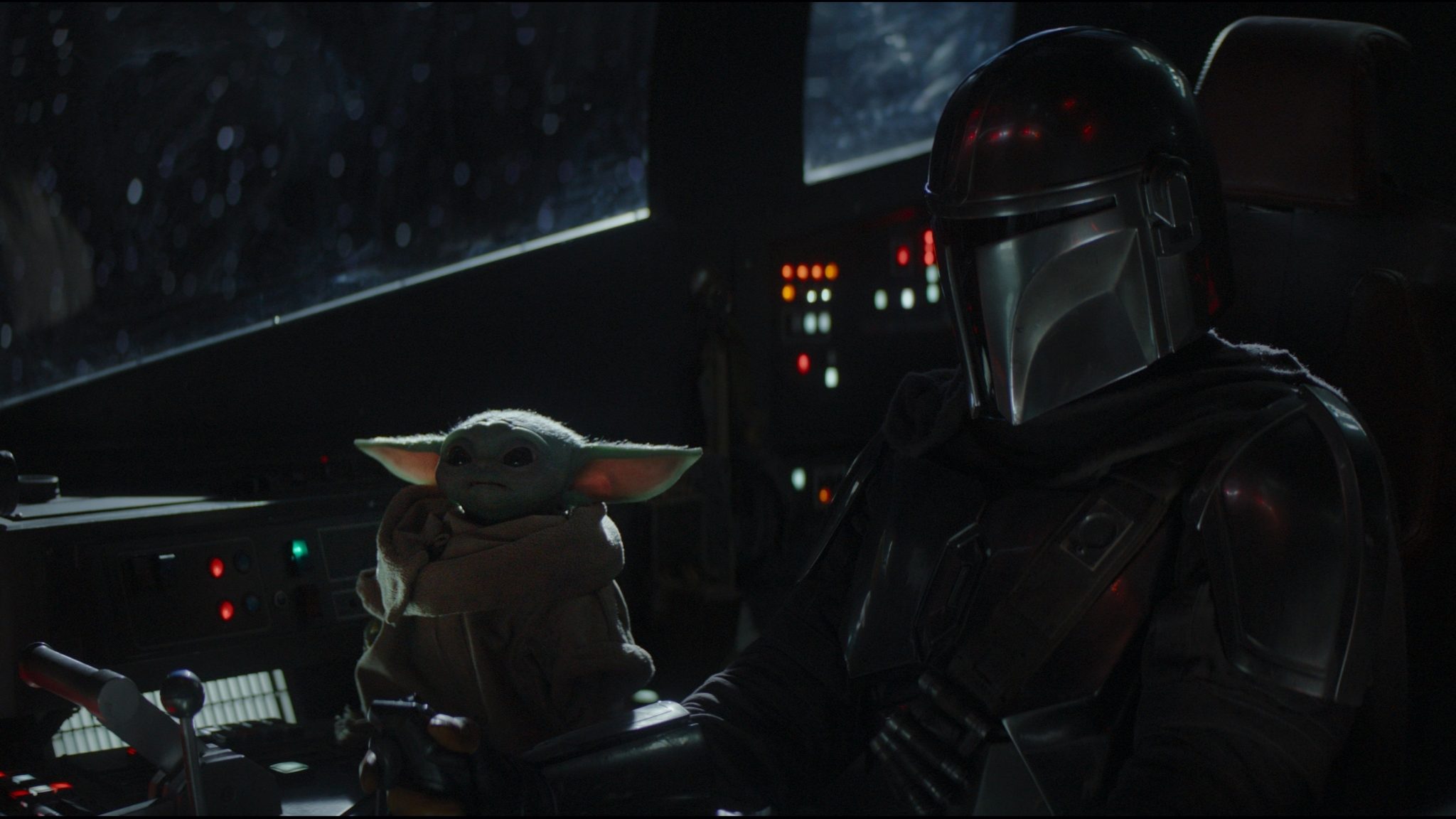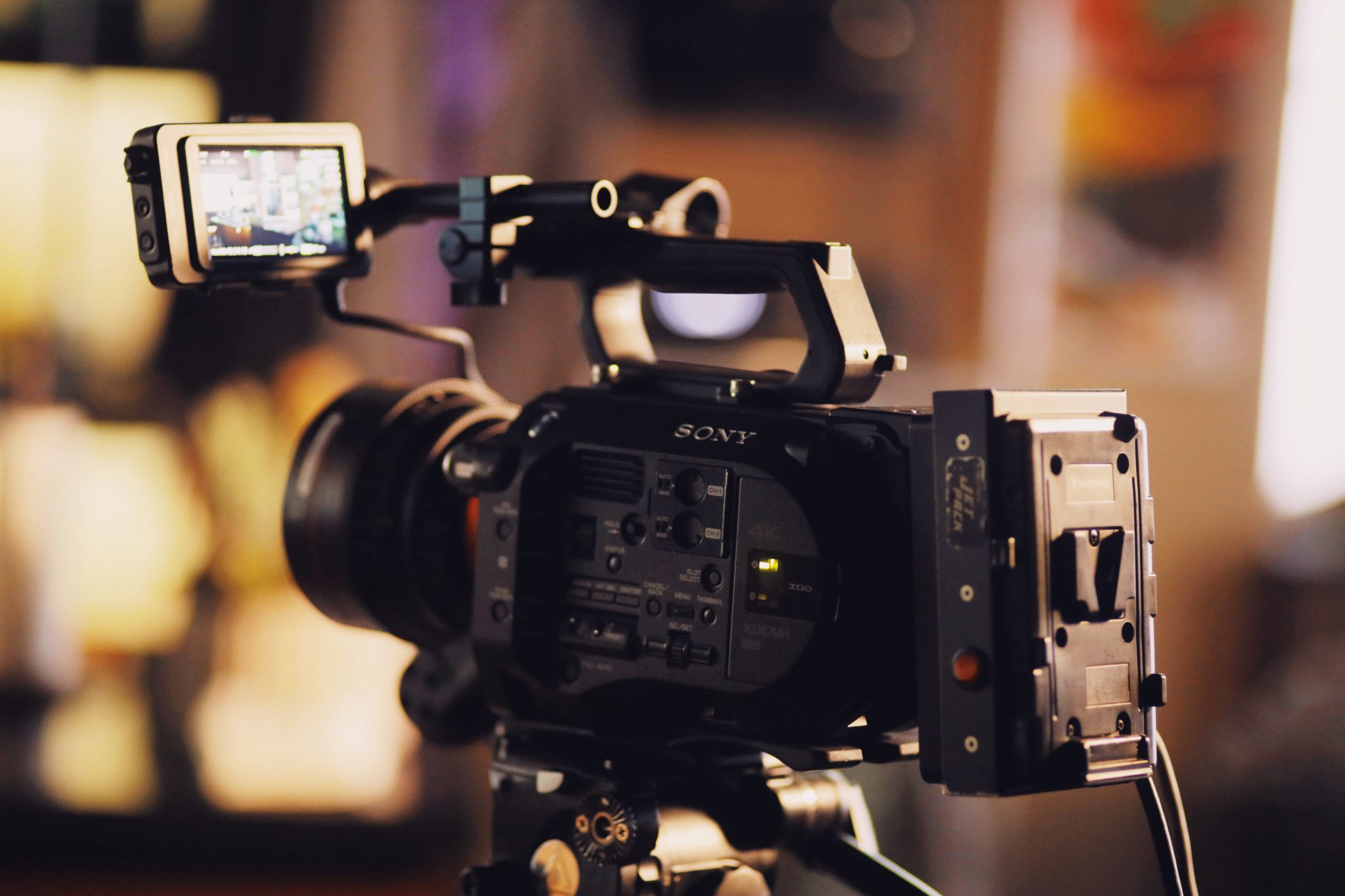Jon Bassett, one of our Videographers here at Social, provides some key tips on how to optimise your use of video whilst sharing his views on what he’s been watching over the last few months.
During lockdown I spent a shameful amount of time watching videos. I managed to watch every Marvel movie in chronological order. I even found myself watching the 10 o’clock news a few times. I wasn’t alone in my watching, either. At the height of lockdown we increased our screen time by 31% compared to previous years, with over 12 million of us subscribing to new streaming services.
The statistics for online video are pretty spectacular. People watch 2 billion videos on Twitter every day, while 500 hours of video are uploaded to Youtube every minute. It’s not just the sheer amount of content that’s impressive – viewers are able to retain 95% of a message when viewed in a video, opposed to just 10% when reading it in text.
For many businesses, video is an unused resource that can transform their marketing and communications. So what goes into a good video? Given our increased obsession with streaming services, I thought I’d try to justify my lockdown viewing habits. Without further ado, here are three lessons on video we can learn from lockdown.
1) Tiger King: Murder, Mayhem and Madness – Netflix

Boy oh boy, Tiger King was a wild ride. This eight-part true crime docuseries explored the life of zoo keeper Joe Exotic. Looking into the disturbingly eccentric world of big cat conservationists and collectors in the United States, it shined a light on an unbelievable series of events.
Looking back, it’s difficult to believe the reach it had. In its first month, over 65 million households tuned in to watch Tiger King. It was also nominated for six Emmy awards. Even President Donald Trump gave it a watch, jokingly suggesting he would ‘take a look’ into pardoning Joe Exotic.
This instant cult classic is a prime example of how important good narratives are for the success of any video. Created mostly from footage acquired from an unaired reality TV show, it isn’t going to win any awards for its camerawork. Despite this the unbelievable, jaw-dropping story kept us glued in a state of awe at what was unfolding.
There’s a lot we can learn from Tiger King, especially how not to manage a zoo. When developing your video concept it’s important to consider how people will react to it. Authentic and genuine narratives, no matter the context, create more engaging videos. People love to see real people, and showing an honest and genuine story in your video will undoubtedly increase its reach.
2) Selling Sunset – Netflix

This American reality TV show follows the glamorous, high-end lifestyle of elite LA estate agents of The Oppenheim Group. Objectively speaking, Selling Sunset has had moderate success. With three seasons on Netflix, a fourth on the way, and a demand 1.4 times higher than the average UK television show, it’s nothing to be scoffed at.
The series has a well-thought-out production. The bright and clean-looking interviews are well supported by beautifully captured walkthroughs of incredible Hollywood homes. The well-edited show never left me feeling frustrated at awkwardly-timed cutaways or poorly mixed audio. However, despite all of the above, I have to say that in my opinion Selling Sunset is a boring show.
I love reality TV – its kitschy, fun, and a perfect guilty pleasure. But this isn’t good reality TV. I won’t spoil anything, but the third season revolves around a single argument between two characters. Eight 45-minute episodes, without ad breaks, to resolve a single argument. It is these one-dimensional storylines and uninspiring content choices that creates a series that leaves you feeling irritated and underwhelmed.
So how can we avoid leaving our viewers feeling this way? Videos give you the unique opportunity of having someone’s undivided attention – so don’t waste it! Videos need to have a point – a message. Decide on what you want your viewer to walk away with, and build everything on that.
3) The Mandalorian – Disney

If you haven’t watched The Mandalorian, you definitely should. This groundbreaking Star Wars series on Disney+ follows the travels of a lone bounty hunter in the outer reaches of the galaxy, far from the authority of the New Republic. It’s also where internet sensation Baby Yoda comes from, who is so adorable it brought Werner Herzog to tears. I can confirm that his tears were justified.
The Mandalorian is the perfect example of how videographers create narrative with imagery. In this series the protagonist is always wearing a helmet, so we never see their face. This presents a unique challenge for the filmmakers; how can we connect with a faceless, emotionless character? Not to discredit the excellent performance of Pablo Pascal, but I believe the camerawork plays a huge part in helping us understand what the hero is feeling.
When the silvery bounty hunter feels sad, we see them stood far in the distance, isolated and alone. When facing a tough moral decision, the camera dramatically pulls in closer, leaving us to imagine the emotions playing across their face. It’s incredibly subtle, and you often forget that you’ve never once seen their face.
I’ll admit there’s a lot in The Mandalorian that won’t translate into your video. I doubt Sand Crawlers and blasters are important to your marketing strategy. That being said, the symbiotic relationship between the camera and narrative shouldn’t be ignored. Being a visual medium, video presents the opportunity to share your message by showing, rather than telling. Not only will this make your video look well thought-out, it lets you say far more than you could by telling. A picture is worth a thousand words, after all.
On a side note, the production process used to create The Mandalorian is so significant I feel I have to mention it. This series was created using a new technique called real-time virtual production. Using a 360 degree screen, a state-of-the-art video game engine and some really clever people, Director Jon Favreau was able to create complete sets in a fraction of the time with a tiny crew. This series is one of the first to use it on this scale, and I’m sure we will see it used more in the coming years. If you want to find out more about it, here is an excellent article detailing it.
There you have it – a justified reason for the hours spent watching TV during lockdown! There’s no denying that video is a big deal. It can be a powerful tool to help you communicate effectively – if done right. I’ve thought of marketing videos as like having an elevator pitch pre-recorded, except everyone is desperate to listen in. Whatever it is you’re thinking of doing, a video is a brilliant way to easily communicate your message and bang up some business.
So remember…
- Have a clear message in your video – don’t waste the opportunity of having someone’s undivided attention!
- An honest and authentic video will be more engaging. Being relatable is important to building a connection with your audience.
- Sometimes, it’s better to show rather than tell. Take advantage of the medium.


